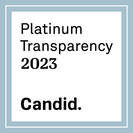|
By Nancy MacFarlane, Climate Corps Fellow Nancy MacFarlane is a Energy and Sustainability Associate at Santa Rosa Junior College. When you think about ways to mitigate climate change, do beavers and beaver dams come to mind? Maybe not, but have you ever seen a beaver in action or their dams? If so, you probably saw a lush surrounding landscape. Why might that be? Well, the water in the stream or creek slowly backs up behind the dams and covers the land, which then creates a wetland teeming with life.
0 Comments
by Matilda Peck February morning began cold and dreary, and SEI's Climate Corps team shivered together on the stairs of the California Academy of Sciences. However, with each Fellow arriving for the annual Climate Corps Fellow Retreat the weather seemed to improve. By the time Naomi Lichtenstein arrived, a Program Associate at Earth Team, the sky was almost as sunny as their outlook. “I was really excited to meet the other Fellows,” said Lichtenstein. “I hope to learn more about their fellowship experiences and what they hope to do afterward.”
By Matilda Peck
By Emily Mallen In SEI’s Climate Corps Education Outside Program (CCEO), we plant the seeds of science and ecoliteracy to grow environmental leaders in two big ways — with the students we teach and with the cohort of 31 early-career, environmental educators we place in outdoor classrooms on school campuses in the San Francisco Bay Area. To support our educators as they enter the field of environmental education, we provide a rigorous training and professional development program. This semester, our educators have already participated in 88 hours of training! As we prepare them for their work in schools, we offer instruction on a wide range of topics from lesson planning, equitable teaching practices and best practices in the outdoor classroom, veggie gardening, community engagement, and more.
Join us as we take a look at some of the highlights from this semester of the CCEO training program! By Alaitz Aritza SEI staff presents on air quality mapping at virtual teacher training While conducting outreach for SEI’s Air Quality Education Program, I met with Dawn Castillo, a teacher on a special assignment focused on building science curriculum in the Sweetwater Union School District. Dawn asked if she could hold on to one of SEI’s air quality testing kits, with the hope that she might be able to interest one or two teachers at her district in participating in SEI’s air quality education program down the line.
The curriculum Dawn requested focuses on air quality and environmental justice. Our team’s goal is to share this curriculum with teachers, free of charge, and give them the necessary resources to implement the curriculum in their classrooms. In particular, we hoped to share our air quality curriculum with teachers and students who are disproportionately impacted by poor air quality, so we were thrilled to have Dawn on board to help us recruit teachers from the Sweetwater District. In addition to curriculum, we also supply teachers with air quality testing kits and professional guidance for troubleshooting the equipment. During air quality lessons, students engage with an online mapping application to track local and regional air quality before developing an action plan to address these issues in their communities. By Matilda Peck September was an exciting time for the Climate Corps program, as we commenced the 2022-2023 program year with over 100 new Fellows. The cohort of emerging environmental leaders attended our two program orientations, signature events launching the classic Climate Corps (CC) program, and the specialized track, Climate Corps Education Outside (CCEO). Fellows had the chance to get to know one another, fostering community while building the skills of a sustainability professional. Climate Corps Orientation 85 Fellows attended CC Orientation this year, hailing from California, Oregon, Washington, Maryland, and North Carolina. Those who were able, gathered in Preservation Park in Oakland, CA, where we held our first in-person Climate Corps Orientation since before the pandemic. The excitement of coming together was palpable, and further encouraged by opportunities for small group discussions and workshops. The goal of CC Orientation is to prepare Fellows to implement sustainability and resiliency projects at their respective host organizations. Afterwards, each Fellow goes on to support a local government, nonprofit, or for-profit businesses, gaining real-world expertise in sustainability project implementation. This year, community was a major theme in preparing emerging professionals for the work ahead.
By Rachel Su-Ang The mission of SEI’s newest program, Energize Careers, is to “Create a diverse and representational sustainability workforce through industry-advised training of people who experience systemic barriers to high road employment.” The Energize Careers program offers holistic services to provide access to technical training, job placement, and employment support for traditionally underserved communities.
Through Energize Careers, SEI partners with top tier training institutions across California. Current partners include Cerritos College, Inland Empire Electrical Training Center, Proteus, Rio Hondo College, Rising Sun Center for Opportunity, Sacramento City College, San Diego Electrical Training Institute, and San Jose City College. Energize Careers is looking for additional collaborators who provide unique education and training certificate programs to upskill the next generation of leaders in the sustainability sector. By Austen Needleman By now, many of us have experienced the impacts of climate change like wildfires, floods, drought, heat waves, storms, and more. These experiences make it vital to talk to young people about climate change, but can also make it more challenging, as the topic is linked to traumatic experiences and anxiety.
Here are a few tips to talk about climate change with young people in a trauma-informed way, whether you are an educator, parent or anyone else. Do talk about it! Discussing climate change is hard. We want to protect children from scary topics, and we may feel ill-equipped to have difficult conversations. But climate (mis)information is everywhere, leaving children with the impression that it is too late for action or that their future will be bleak. Youth need trusted adults to share information in an age-appropriate way, and talking about trauma is an important way to address it. You can start by allowing young people to share what they know, ask questions, and express their feelings. By Beatrix Berry California Climate Action Corps Fellow Jhakarin with site supervisor Nancy From wildfire mitigation workshops, to education on waste diversion regulations, California Climate Action Corps Fellows have been hard at work in their communities. SEI has partnered with California Volunteers and Bay Area Community Resources to support the California Climate Action Corps(CAC) program. The current program year has been filled with success stories and positive impacts as this powerful cohort of fellows have supported their communities in climate action and solutions.
CAC Fellows are placed throughout California and work primarily with communities who are being disproportionately impacted by the changing climate. In Redlands, California, three fellows, Calhoun, Bryan and Jenny, are currently working on the University of Redlands farm. In the area surrounding their site, there is little to no tree cover and therefore very limited shade. As a result, in the changing climate, their community and community members struggle to stay cool. These three fellows are working to cool down their community by increasing access to trees that can be planted by those who live in the area. Calhoun, Bryan and Jenny, have worked hard to raise saplings and organize events to give them to the community for free. Jenny and Bryan are returning fellows and have been able to continue their impact this year. In a recent event they gave away 2,230 tree saplings to their community. By Hannah Maryanski Kiszla SEI is pleased to announce the publication of “Recommendations for Building Energy Modeling Education in California,” a report prepared by SEI for Southern California Edison, in cooperation with the California Building Energy Modeling (CalBEM) collaborative, a building energy modeling (BEM) stakeholder collective and an annual statewide event hosted by Southern California Edison on behalf of the California Investor-Owned Utilities.
Building energy modeling is key to realizing building energy savings and is relied upon for California energy code compliance, high-performance building design, energy efficiency retrofits, and more. These different projects create demand for trained building energy modelers. Recognizing the importance of training this workforce, CalBEM partnered with SEI to research current BEM education offerings, identify essential knowledge, skills, and abilities for building energy modelers, and provide recommendations for future BEM education directions. |
Get In TouchDo you know an environmental leader who should be featured in a story? Reach out to [email protected]. Categories
All
Archives
April 2024
|
Get Involved
|
Contact Us
|
SEI Headquarters
100 Smith Ranch Road, Suite 124 San Rafael, CA 94903 Phone: (415) 507 - 2181 Email: [email protected] States where we work:
Arizona California Colorado Indiana Maryland New Mexico New York New Jersey North Carolina Oregon Washington Virginia |
ConnectSubscribe to the SEI quarterly newsletter to get involved and receive updates
|
SEI is a 501(c)3 nonprofit organization.




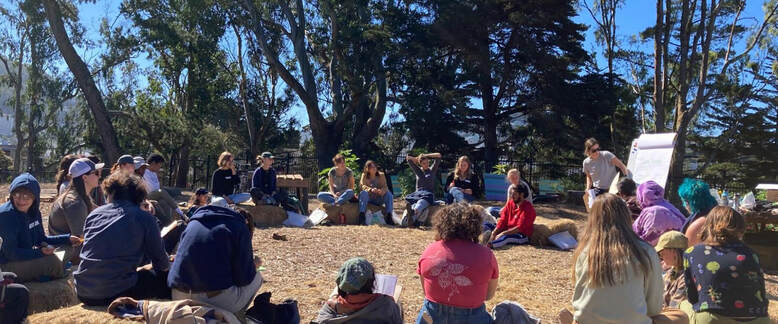
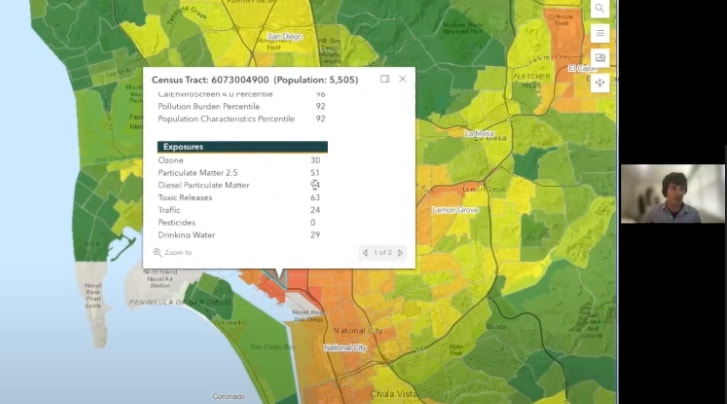
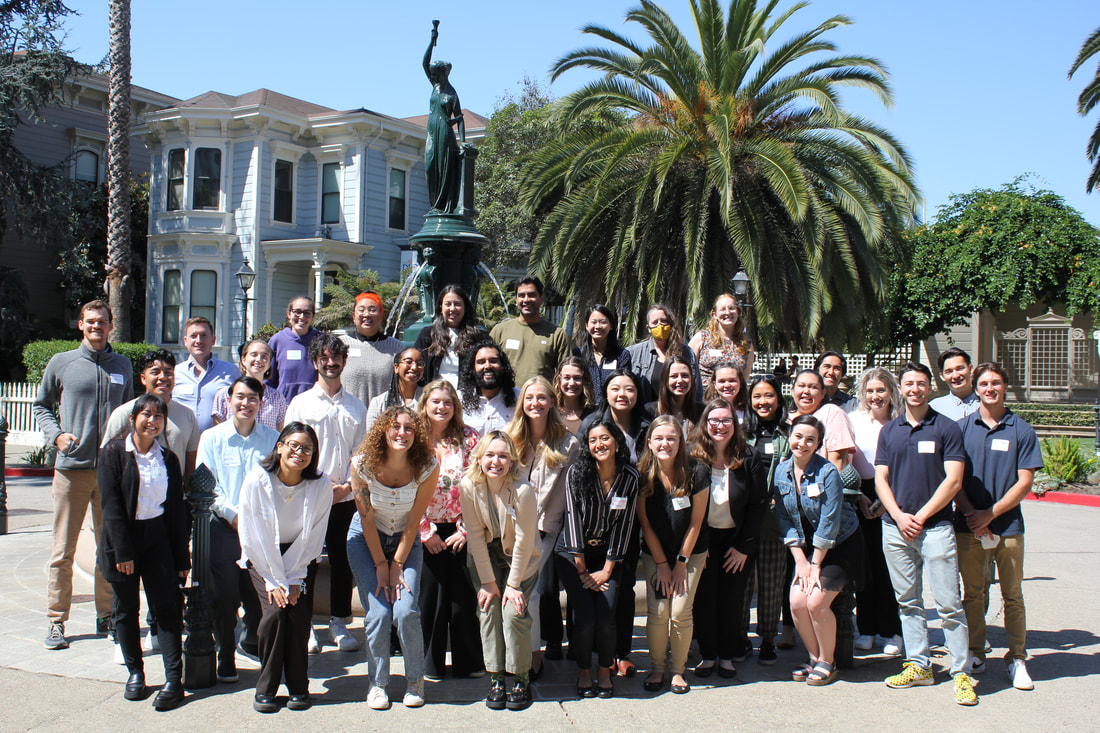
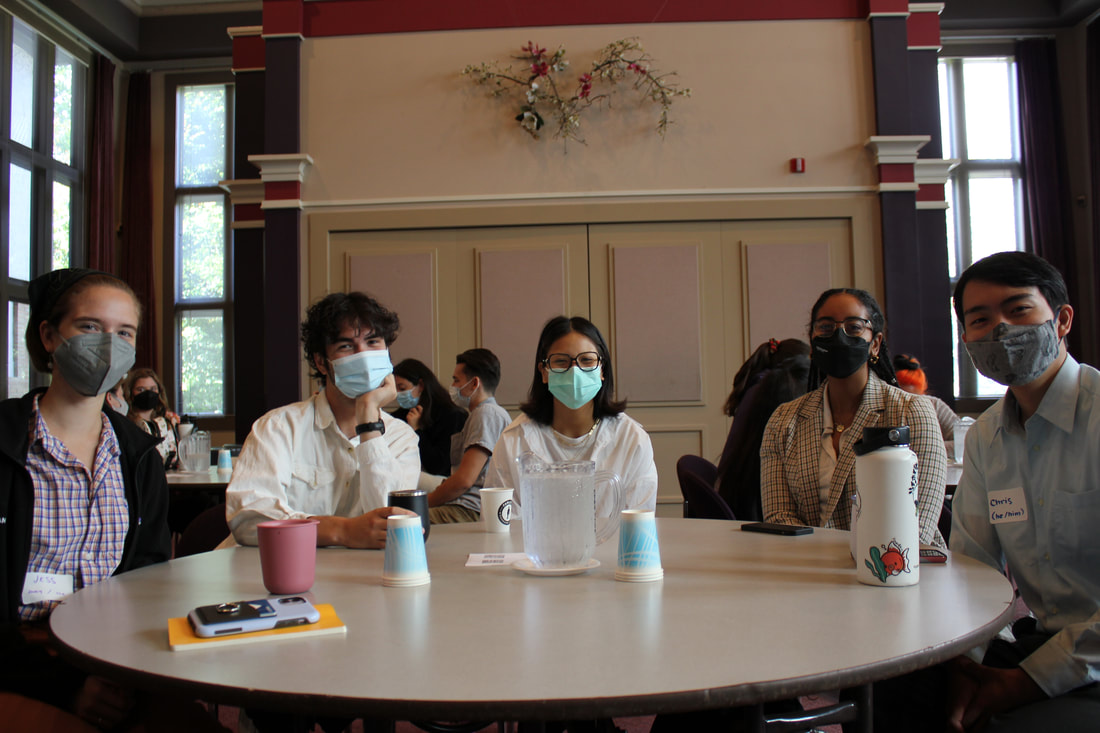

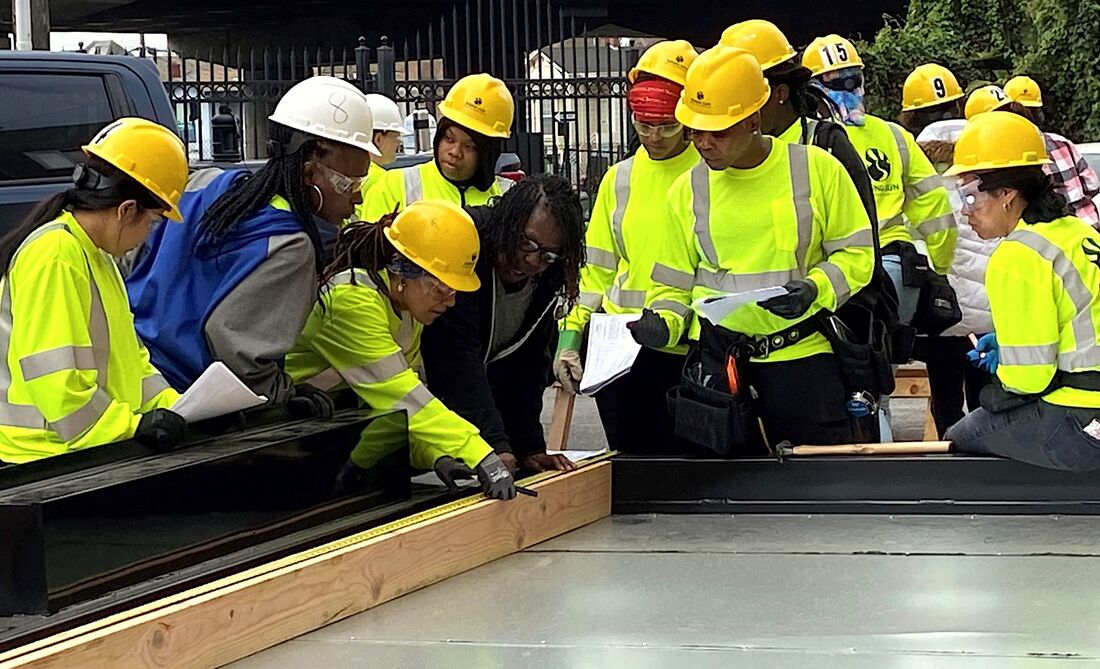


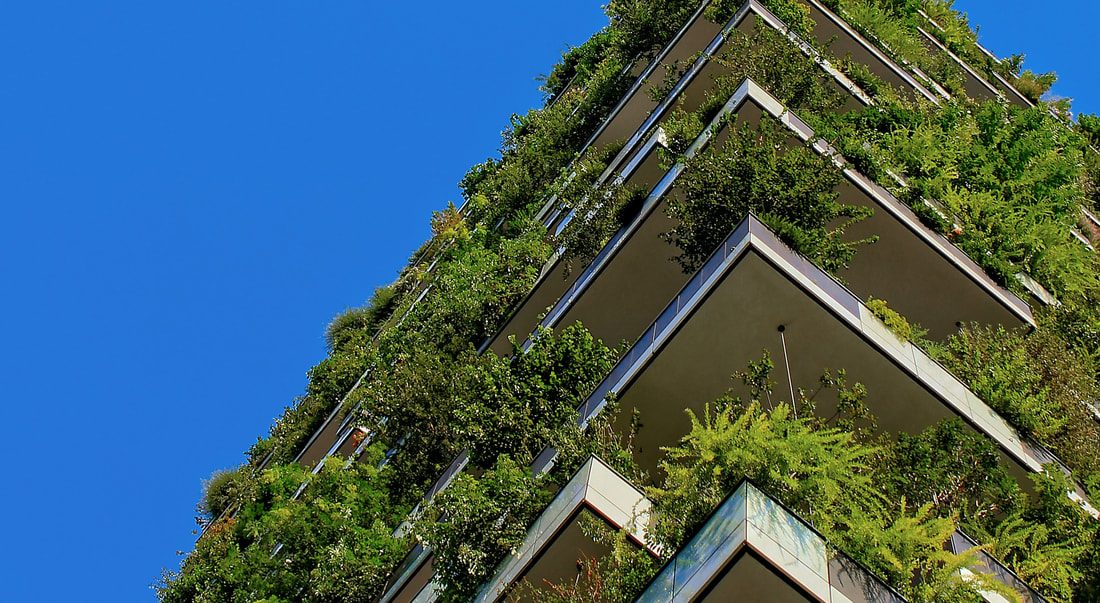
 RSS Feed
RSS Feed
